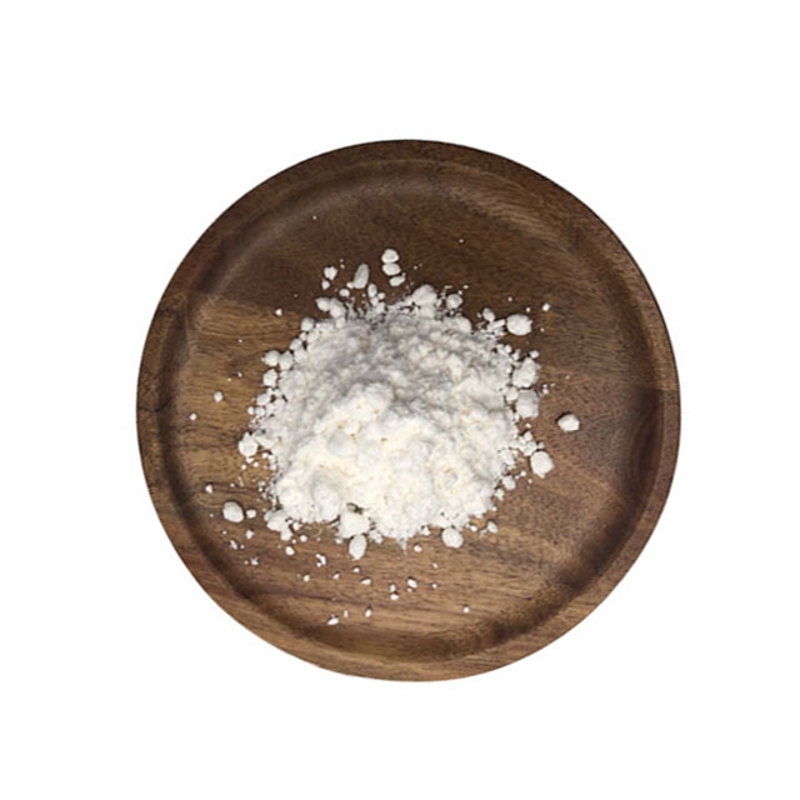-
Categories
-
Pharmaceutical Intermediates
-
Active Pharmaceutical Ingredients
-
Food Additives
- Industrial Coatings
- Agrochemicals
- Dyes and Pigments
- Surfactant
- Flavors and Fragrances
- Chemical Reagents
- Catalyst and Auxiliary
- Natural Products
- Inorganic Chemistry
-
Organic Chemistry
-
Biochemical Engineering
- Analytical Chemistry
- Cosmetic Ingredient
-
Pharmaceutical Intermediates
Promotion
ECHEMI Mall
Wholesale
Weekly Price
Exhibition
News
-
Trade Service
CSCO guidelines recommend anlotinib for the third-line or above treatment of advanced lung cancer
.
However, whether previous anti- vascular treatments (bevacizumab or endurance) will affect the efficacy of Anlotinib is unclear
CSCO guidelines recommend anlotinib for the third-line or above treatment of advanced lung cancer
The study retrospectively collected clinical data on the use of Anlotinib in the treatment of LC patients, and divided the patients into group A (anlotinib treatment after failure of previous anti-angiogenic drugs) and group B (no anti-angiogenic drug treatment in the past)
.
The study used propensity score matching (PSM) to balance the confounding factors of the two groups
The study retrospectively collected clinical data on the use of Anlotinib in the treatment of LC patients, and divided the patients into group A (anlotinib treatment after failure of previous anti-angiogenic drugs) and group B (no anti-angiogenic drug treatment in the past)
A total of 160 patients were included in the analysis, of which 83 patients had previously received anti-angiogenic therapy (bevacizumab or endurance) (group A), and 77 patients had not previously received anti-angiogenic therapy (group B)
Before PSM, ORR and DCR of group A and group B were 9.
Efficacy evaluation before and after PSM
Efficacy evaluation before and after PSMFor the overall population, the median OS and PFS were 14.
6 months (95%CI 11.
1-18.
1) and 3.
8 months (95%CI 3.
1-4.
5), respectively
.
Before PSM, the median OS of group A and group B were 11.
For the overall population, the median OS and PFS were 14.
Differences in OS before PSM treatment
Differences in OS before PSM treatmentDifferences in PFS before PSM treatment
Differences in PFS before PSM treatmentAfter PSM (n=46), the median OS of the two groups were 14.
6 months and 16.
2 months (P=0.
320), and the median PFS were 3.
5 months and 4.
5 months (P=0.
040)
.
6 months and 16.
2 months (P=0.
320), and the median PFS were 3.
5 months and 4.
5 months (P=0.
040)
.
After PSM (n=46), the median OS of the two groups were 14.
Differences in OS after PSM treatment
Differences in OS after PSM treatmentDifferences in PFS after PSM treatment
Differences in PFS after PSM treatmentAnalysis of previous to antiangiogenic therapy Anluo imatinib treatment study group A further analysis of the data
.
The median PFS of bevacizumab and Endu treatment were 3.
Analysis of previous to antiangiogenic therapy Anluo imatinib treatment study group A further analysis of the data
Multivariate analysis showed that ECOG score (P=0.
002), brain metastasis (P=0.
006) and liver metastasis (P=0.
006) were independent prognostic factors of PFS
.
Multivariate analysis showed that ECOG score (P=0.
002), brain metastasis (P=0.
006) and liver metastasis (P=0.
006) were independent prognostic factors of PFS
.
Multi-factor analysis of PFS
Multi-factor analysis of PFSThe most common adverse events in group A were skin symptoms (24.
1%), including rash, itching, and hand-foot syndrome, followed by hypertension (8.
4%) and fatigue (6.
0%)
.
Other relatively rare adverse events included vaginal bleeding (3.
6%), nose bleeding (2.
4%) and hematuria (1.
2%)
.
The most common adverse events in group B were skin symptoms (14.
3%), hypertension (10.
4%) and anorexia (10.
4%), followed by diarrhea (7.
8%) and fatigue (7.
8%)
.
Other less common adverse events include: hemoptysis (2.
6%), upper digestive tract bleeding (1.
3%) and stroke (1.
3%)
.
1%), including rash, itching, and hand-foot syndrome, followed by hypertension (8.
4%) and fatigue (6.
0%)
.
Other relatively rare adverse events included vaginal bleeding (3.
6%), nose bleeding (2.
4%) and hematuria (1.
2%)
.
The most common adverse events in group B were skin symptoms (14.
3%), hypertension (10.
4%) and anorexia (10.
4%), followed by diarrhea (7.
8%) and fatigue (7.
8%)
.
Other less common adverse events include: hemoptysis (2.
6%), upper digestive tract bleeding (1.
3%) and stroke (1.
3%)
.
High blood pressure digestion
In summary, studies have shown that previous anti-angiogenic treatments may affect PFS after receiving anlotinib, but may not affect patients' ORR and OS
.
.
Studies have shown that previous anti-angiogenesis treatments may affect PFS after receiving Anlotinib, but may not affect patients' ORR and OS
.
Studies have shown that previous anti-angiogenesis treatments may affect PFS after receiving Anlotinib, but may not affect patients' ORR and OS
.
Original source:
Original source:Suo J, Sun Y, Fu Y, Xiu W, Zhang X, Wang Y and Zhu J (2021) A Retrospective Analysis of the Effect of Anlotinib in Patients With Lung Cancer With or Without Previous Antiangiogenic Therapy.
Front.
Oncol.
11:788837 .
doi: 10.
3389/fonc.
2021.
788837
Front.
Oncol.
11:788837 .
doi: 10.
3389/fonc.
2021.
788837 leave a message here







